As the move to identify and remove dangerous cladding on high-risk buildings continues across the UK following the Grenfell Tower fire and the inquiry’s findings, the Scottish Government has identified a £900million shortfall to carry out remediation work.
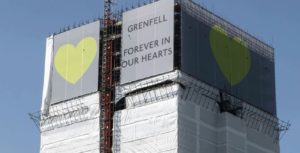 Identifying those buildings with potentially dangerous cladding is a key part of this process. The Scottish Government has been piloting a Single Building Assessment (SBA) approach, which is designed to identify what needs to be remediated on a building-by-building basis.
Identifying those buildings with potentially dangerous cladding is a key part of this process. The Scottish Government has been piloting a Single Building Assessment (SBA) approach, which is designed to identify what needs to be remediated on a building-by-building basis.
Click here to read more about the £900m funding gap.
Silent walk marks fifth anniversary
14 June 2022 saw the fifth anniversary of the Grenfell Tower fire. A silent walk took place on the day as the community continues to heal and fight for justice. You can find out more by following #grenfellsilentwalk or @grenfellunited on Twitter.
In the days running up to the anniversary, The Guardian spoke to survivors of the fire, to find out how they are continuing to fight to honour the victims and about their long battles to regain some kind of normality.
Fearing another similar disaster, London Mayor Sadiq Khan used his Guardian column to call the government to learn the lessons and boost safety measures. Inside Housing’s Peter Apps looks at the possibilities of a another similar fire, while the BBC looked back on Grenfell’s legacy and asked, “Should I ‘stay put’ if there’s a fire in my tower block?”
Campaigners launch petition to implement Grenfell inquiry recommendations for PEEPs
Disability Rights UK, alongside Clad Dag (a leaseholder Disability Action Group) and Grenfell United, have launched a petition calling on the Government to implement the Grenfell inquiry recommendation on Personal Emergency Evacuation Plans (PEEPs).
Following the announcement by the Government to opt against mandating for PEEPs – a key recommendation from the Grenfell Tower Inquiry – the groups have launched a petition to push for the enactment of a legal obligation on building owners and managers to do so.
You can sign, share and find out more about the petition, here.
Civil servant admits he could have prevented fire
Official was told about fire tests on cladding panels which caused a ‘raging inferno’ in 2001 but ‘failed to realise the significance of the results’.
Brian Martin, Head of Technical Policy for Building Regulation, has admitted he could have potentially prevented the Grenfell Tower fire on a number of occasions.
Mr Martin told the public inquiry that he found it hard to express how sorry he was that he did not realise the severity of the risk. He said “over the last few months I’ve been looking through evidence and documents and when you line them in the way we’ve done in the last seven days [at the inquiry] it became clear to me that there were a number of occasions where I could have potentially prevented this happening”. He also pointed to government policies deregulating the industry that left him as “a single point of failure” in an under-resourced department.
In 2001, he was told about fire tests on cladding panels which caused a “raging inferno” but he failed to realise the significance of the results. He told the inquiry “it just got missed” and the test results were kept largely confidential.
Mr Martin said he was also told about several fires overseas, which involved cladding on tall buildings, but reassured government officials that the regulations that banned the use of combustible insulation, would prevent a similar incident from happening here.
Meanwhile, a former Conservative minister has denied his government department prioritised cutting red tape over tightening fire safety in the years before the Grenfell Tower fire.
The government failed to complete a review of fire safety guidance before the disaster in June 2017. This was despite evidence it was encouraging the use of dangerous building materials.
Ex-minister Lord Wharton said he was advised the review should be delayed.
Lord Wharton told the inquiry he had no personal expertise in fire safety and relied on his officials who told him that the number of fires was falling, and it was better to do a longer and more detailed review of the regulations and guidance. He was asked by inquiry barrister Richard Millett whether he had been “fed a line” by his officials who were trying to cover up their “glacial progress” in carrying out the review.
He told the inquiry: “From the briefings I had, my understanding was that the system was fit for purpose and the building regulations were working well but improvements could and would be made.”
Briefings he received about flammable materials were “reassuring in nature”, he explained. However, throughout a day of questioning, he was repeatedly asked why he had not realised the urgency of the changes needed, which had been recommended by the coroner two years before he took over as minister. He said, repeatedly, that he “couldn’t recall” many of the details of his thinking or actions at the time.
Lord Wharton defended the decision to delay the building regulations review despite consistent pressure from the All Party Parliamentary Fire Safety and Rescue Group, which met and wrote to him with warnings of the risks.
Former Housing Secretary Lord Pickles has also admitted he did not know a policy of cutting red tape had prevented government officials tightening fire safety standards. Lord Pickles claimed building standards regulations were exempt from a policy promoted by David Cameron’s government.
‘Extremely concerned’ over lack of progress
In March 2022, Mayor of London Sadiq Khan admitted that he was “extremely concerned” over the lack of progress made by government since the first phase of Grenfell Inquiry, stating that ministers have “failed to complete a single recommendation” from the first phase of a public inquiry into the fire.
Various safety regulations have been introduced by the brigade, such as the use of smoke hoods to aid in the rescue of civilians in smoke-filled environments, and the use of 32-metre and 64-metre ladders, recently utilised after a fire broke out in a 21-storey housing development in Whitechapel.
The Fire Commissioner for London, Andy Roe, said: “While there is some work still to do, I am pleased to say that we now have important new policies, practices, training and equipment in place to help protect Londoners and firefighters.”
Khan said the government and the housing and building industries must act now, rather than wait for the inquiries phase two report.
Company associated with tragedy blocked from government housing scheme
In January 2022, it was announced that Rydon Homes Ltd, a firm linked to the refurbishment of Grenfell Tower, will be blocked from the government’s flagship home ownership scheme, Help to Buy, with immediate effect, pending the outcome of the Grenfell Inquiry.
The news follows concerns over unacceptable business practices in its company group, Secretary of State for Levelling Up, Housing & Communities Michael Gove has announced. The company no longer has government support and cannot market their properties to first time buyers, with the offer of government backed loans.
It is the latest move by the Housing Secretary to target those with serious questions to answer in relation to the Grenfell Tower tragedy and help bring justice for the bereaved, the survivors and the Grenfell community.
Mr Gove has warned the construction industry there will be consequences for those who are responsible for the building safety crisis and those who are failing to help fix it.
The Help to Buy: Equity Loans scheme provides a low-interest loan towards a first-time buyer’s deposit. Customers need a 5% deposit, and the government lends up to 20% of the value of the home (up to 40% of the value if you are purchasing in London).
Click here to read more about this story on our sister site, IFSEC Global…
On Monday 24 January, the inquiry heard oral closing statements for module 5 and firefighting aspects of module 6. The inquiry will now be turning to further matters relevant to both the testing and certification of products and fire risk assessments. The module will also examine the role of central government in establishing the legislative regime and formulating guidance on how to comply with it. The inquiry premises remain open to the public.
Government “hid” fire safety risks
Consecutive governments have been accused of “deliberately covering up” the dangers posed to combustible materials before the Grenfell Tower fire.
The Grenfell Inquiry has heard of how successive administrations were accountable for “collusion” with the construction industry to suppress the results of investigations into previous cladding fires, including that which occurred at Lakanal House in 2009.
In October 2021, the inquiry moved into module 6, continuing examination of issues relating to firefighting and fire risk assessment. Also examining in further detail, a number of aspects of the regime for the testing, certification and classification of materials for use in external cladding systems. Anne Studd QC, representing Sadiq Khan, says, tenant management organisation did little to see if Grenfell was suitable for the stay put strategy in its fire assessments.
The inquiry heard how weeks before the fire at Grenfell LFB staff wrote a presentation which warned of the risks of facade fires. LFB’s former director, Dan Brown, said that at the time of the Grenfell Tower fire, more than 5,000 high-rise buildings were not present on the brigade’s operational risk database.
FB Commissioner, Andy Roe, claimed ministers knew about fire risks related to high-rise buildings months before the Grenfell Tower disaster. Housing Minister, Gavin Barwell, is expected to give evidence to the inquiry in its next phase. Giving evidence for the second time, Dany Cotton, Commissioner in 2017, said she had not taken any action to train her firefighters so they could be ready to abandon stay-put policies on high-rise buildings if fire was spreading rapidly between flats.
In early December, Michael Mansfield QC, representing the bereaved and survivors, told the inquiry that evidence would show that “there was a deliberate policy by the government…to facilitate a hostile environment in which health and safety is diminished”. Mansfield claimed that the inquiry needed to cross-examine David Cameron in person because of his policy deregulation. The hearings adjourned for the Christmas period on 16 December, scheduled to resume on 24 January 2022.
No action over 2009 cladding warning, inquiry told
A public inquiry has heard that the government was asked to warn councils of the risks posed by external wall panels following another fire in 2009, by the London Fire Brigade (LFB), but failed to act on the advice.
According to the second phase of the public inquiry, which is looking into the cause of the fire, including how the 24-storey tower came to be in a condition which allowed the blaze to spread, LFB said it was told there was “insufficient” information to warrant a warning.
The 2009 being referred to, occurred in Lakanal House in Camberwell, south-east London, where six people died.
The inquiry was told that LFB’s investigations into that fire found that tests conducted on the external wall panels installed showed they did not meet the standards suggested by building regulation guidance.
In December 2009 the commissioner of the LFB, Ron Dobson, wrote to the chief fire and rescue adviser to the Department for Communities and Local Government, asking them to warn housing providers that it would be advisable for them to check that external walls panels installed on high rise housing met the required specifications.
However, the inquiry was shown evidence that the Department for Communities and Local Government adviser, Sir Ken Knight, replied to say there was “insufficient information to warrant alerting housing authorities”.
Panels failed fire tests 13 years before Grenfell
In September 2021, the BBC reported that leaked test results suggest the government and construction industry had early evidence of the dangers posed by cladding, 13 years before the Grenfell Tower fire.
The report claims that cladding panels underwent fire tests in 2004 and failed to pass the assessment. It has been widely reported that some homeowners are facing bills in the hundreds of thousands of pounds as a result of fire safety concerns, while insurance costs are also rising significantly.
The tests formed part of research commissioned by the then Labour government, looking into what standards building systems should have to meet. The results were among the first from a British test of full-scale building systems, developed in the late 1990s when there were growing concerns in Parliament about the risks of cladding.
In total, the documents say, five cladding systems underwent the tests, including one with aluminium panels, similar to those which have been blamed for helping to spread the fire on the Grenfell Tower. Two were constructed from high pressure laminate (HPL) boards, formed from wood, or paper fibre, widely used on modern apartment blocks in the UK.
In the tests, all five systems were judged to have failed against “proposed performance criteria”. Most of the tests were carried out without using “fire breaks” – extra components which should be fitted to block the spread of flames. However, fire breaks were used in one high pressure laminate panel system, but it still failed.
Jonathan Evans, Director of Ash and Lacy, a major UK supplier of cladding systems, told the BBC that he had never seen the results, and described them as “really vital bits of information” which would have helped assess fire risks after Grenfell. He said that when poor test data is not made public, it creates a bias towards tests with successful outcomes.
“We all proceed along the route of thinking these systems are safer than they are, until there’s a disaster.”
US judge allows lawsuit against cladding firm
A court has ruled that US shareholders in the Grenfell Tower cladding firm Arconic, can proceed with a lawsuit against the company after witnesses said managers knew the cladding performed badly in fire safety tests, yet continued to be used on high-rise buildings. A group of US investors says they incurred financial losses when Arconic’s Reynobond PE cladding was implicated in the Grenfell fire in 2017.
According to the Guardian, their claim hinges on whether the company knew the cladding could be dangerous and should have warned investors of the risk involved in selling it. According to the FIA, a US judge ruled that the claim can proceed after the shareholders put forward testimony from two anonymous former Arconic employees, who say managers at its French subsidiary knew of the risks.
The plaintiffs also point to an expert report, submitted to the Grenfell Tower inquiry in the UK, which found that the safety rating of the cladding had been downgraded. One confidential witness said Claude Wehrle and Claude Schmidt, senior members of staff where Arconic’s cladding was manufactured, were aware of the cladding’s poor performance in safety tests. A second witness said Schmidt “knew that the downgraded Reynobond PE panels were regularly being sold for use in high-rises”. Wehrle has refused to give evidence to the Grenfell inquiry. Schmidt said he was “practically sure” he had raised concerns with the US parent company.
During the legal battle with shareholders, Arconic has said it could not have known what the two men allegedly knew, arguing that they worked at a foreign subsidiary and did not hold senior positions in the company.
According to the ruling, Arconic also argues that the men did not know the use of Reynobond PE was inappropriate because that depended on the overall cladding system, not just aluminium panels.
The court found that this argument failed, finding that the claim “supports a strong inference that an Arconic manager not only knew that Arconic was regularly selling Reynobond PE for use in high-rises, but also that he knew, or at least recklessly disregarded, that this ‘common practice’ was improper”.
The plaintiffs are making a financial claim against Arconic for their losses, although the value of the claim is yet to be determined. While the judge dismissed several of the claims, including those made against individual senior managers at the company, it allowed two to proceed.
The claims that will go ahead are under sections 10(b) and 11 of the US Securities Act, which covers misleading information given to shareholders and companies’ liability for them.
A spokesperson for Arconic stated that the two claims are “meritless” and that they “intend to prevail in court”.
Government wants new proposals on Personal Emergency Evacuation Plans
Following the Fire Safety Consultation, which ran from 20 July to 12 October 2020, the government is asking for views on new proposals to implement the Grenfell Tower Inquiry Phase 1 recommendations on Personal Emergency Evacuation Plans (PEEPS) in high-rise residential buildings.
The consultation contains proposals to implement the Grenfell Tower Inquiry Phase 1 Report recommendations on Personal Emergency Evacuation Plans, that require a change in law to place new requirements on owners or managers of multi-occupied high-rise residential buildings.
It supports delivery of two of the Grenfell Tower Inquiry Phase 1 recommendations and is part of the government’s package of reforms to improve building and fire safety in all regulated premises where people live, stay or work.
The government aims to implement PEEPs by the introduction of regulations through a power in article 24 of the Fire Safety Order.
Whilst PEEPs in a high-rise residential setting are not commonplace, PEEPs are more common in the workplace. PEEPs in the workplace seek to provide people who cannot get themselves out of a building unaided with a bespoke escape plan in a fire emergency. However, the workplace and residential building are different and therefore a PEEP in a residential setting will need to reflect that different context.
Responsibilities
Building on existing provisions in the Fire Safety Order, it is proposed to place additional legal requirements on the Responsible Person (which includes building owners and managers) and on those who otherwise have control of the building (or part thereof) under the Order. Those persons currently have overall responsibility to put in place general fire precautions to ensure the building (and people in it) is safe.
Proposals
In summary, the proposals set out are:
- Proposal 1: to require the Responsible Person to prepare a PEEP for every resident in a high-rise residential building who self-identifies to them as unable to self-evacuate (subject to the resident’s voluntary self-identification) and to do so in consultation with them.
- Proposal 2: to provide a PEEP template to assist the Responsible Person and the residents in completing the PEEP, and to support consistency at a national level.
- Proposal 3: to require the Responsible Person to complete and keep up to date information about residents in their building who would have difficulty self-evacuating in the event of a fire (and who have voluntarily self-identified as such), and to place it in an information box on the premises to assist effective evacuation during a rescue by the Fire and Rescue Service.
- Proposal 4: in order to assist the Responsible Person and support consistency at a national level, to provide a template to capture the key information to be provided in the information box.
The proposals relate to England only.
Subject to consideration of the responses and the final Ministerial decision, the intention is for the proposals to be implemented in secondary legislation alongside other Grenfell recommendations in autumn 2021.
The consultation document and impact assessment document can be found here.
Risk assessor had “misleading” qualifications
On Tuesday 25 May the Grenfell Tower Inquiry, currently in Module three of its second phase, heard that the fire risk assessor hired to check the safety of Grenfell Tower between 2009 and 2016 had “misleading” qualifications in his title and “cut and pasted assessments” from reports on other buildings he checked, into Grenfell assessments.
Carl Stokes, a former firefighter turned fire risk assessor was recruited by the Grenfell landlord, the Kensington and Chelsea Tenant Management Organisations (TMO), for six fire safety checks between 2009 and 2016. According to The Guardian, Mr Stokes claimed he was ‘fire eng (FPA)’, despite no such qualification existing, as well as an ‘IFE assessor/auditor’, even though he was not a member of the Institute of Fire Engineers. Also included were ‘NEBOSH’, ‘FIA BS5839 system designer’ and ‘competent engineer BS 5266’ – but agreed when responding to the Inquiry that such post-nominals aren’t recognised by any professional body, but were simply courses he had attended.
Colin Todd, a Fire Engineer and Expert Witness commented that Mr Stokes use of such letters after his name would “significantly mislead clients and potential clients as to his qualifications, regardless of his level of competence”. Stokes replied he did not understand the use of post-nominals.
As part of the fire risk assessment his job involved checking vital fire safety measures in communal areas, such as door closures, firefighting equipment and evacuation routes, though was not tasked with checking the external cladding system or inside individual flats. Several of these areas were, however, found to be not working or ineffective at the time of the fire.
The Inquiry also heard that Mr Stokes “cut-and-pasted assessments about the fire safety of the tower from reports on other buildings he had carried out”, such as reporting the Tower had balconies and pigeon netting, which was incorrect, while his claimed “three years of experience” turned out to be 15 months.
Two of the assessments he conducted were carried out in April and June 2016, following major refurbishment work where the cladding that was identified as a major cause of the spread of the fire was installed.
Mr Stokes is no longer working as a fire risk assessor. He will continue giving evidence until Thursday 27 May.
New fire laws ‘indefensible’, say Grenfell survivors
Attempts to amend the Fire Safety Bill with a clause prohibiting remediation costs from being passed on to residents – such as dangerous cladding, fire doors and insulation systems – have been rejected by members of parliament.
Peers have been attempting to push through changes to the Fire Safety Bill to prevent owners of blocks of flats passing the costs for fire safety remedial work on to leaseholders. They argued a government grants and loan scheme should be in place first. The government says the changes are “inappropriate and unworkable”, while also indicating the issue would be dealt with in the incoming Building Safety Bill. After much back and forth between the two houses, the Fire Safety Bill was eventually passed in late April without amendment.
It has been widely reported that some homeowners are facing bills in the hundreds of thousands of pounds as a result of fire safety concerns, while insurance costs are also rising significantly.
The news has been described as “indefensible”, by Grenfell Tower survivors and bereaved relatives. Lawyer Steph Pike, a leaseholder of a one-bedroom flat in Bristol, told the BBC she could be facing a £70,000 bill next year to cover the cost of improvement work to her building. She said the situation was “completely unbelievable”.
Council accused of prioritising ‘cost over safety’
The latest phase of the Grenfell Tower Inquiry, which is looking into complains and communications with residents and compliance with the Fire Safety Order, has heard that a resident of the tower warned that an ‘inferno’ could engulf the building and ‘trap the residents… with no escape,’ seven years before the fire happened.
Lawyers for the victims of the fire have accused the council that owned the tower block of ‘bullying’ residents who raised fire concerns. An email was read out, from council worker Laura Johnson, which was sent during the building’s refurbishment saying that a councillor would not want to attend a public meeting of people “moaning about minor issues”. Building managers denied being “dismissive” towards residents and their concerns.
It has also emerged that the London fire brigade warned Royal Borough of Kensington and Chelsea about dangerous cladding two months before the fire, but the landlord failed to order checks, which the counsel for the bereaved said displayed “a staggering lack of concern” and “scant regard for safety”.
Click here to read the BBC’s round-up of ‘what we now know about the Grenfell cladding’.
Government pledges additional £3.5bn to tackle cladding crisis
Housing Secretary announced on 10 February 2021, that the Government will provide an extra £3.5m to help remove unsafe cladding from high-rise buildings over 18m.
The £3.5bn fund announced by Robert Jenrick is in addition to the £1.6bn released for the Building Safety Fund, announced last year, to try and help the estimated 700,000+ affected people.
Meanwhile, the Inquiry, which has now resumed, has heard for the first time from Grenfell’s cladding manufacturer, Arconic.
Sales Manager Deborah French told the Inquiry that she was never given any safety training by her manager. It was also highlighted how Arconic was able to sell a more flammable type of product in the UK, than elsewhere in the World where building regulation are stronger.
Deborah French said that was ‘very rare’ for customers raise any questions about the fire safety of the cladding and so it was ‘not something that was discussed’.
Claude Schmidt, the President of Arconic’s French arm, has admitted that the company ‘misled’ and ‘lied’ to customers about fire safety. ITV reports that Mr Schmidt responded to several emails highlighting that they were aware of the dangers of the cladding years before the fire.
In February 2021, SHP and IFSEC Global spoke to Gill Kernick, Master Consultant at JMJ Associates, and former Grenfell resident. Moving out three years before the tragedy in 2017, she has been a high-profile voice on the subject. In this episode of the Safety & Health Podcast, Gill talks about about the pressing need to improve building safety and prevent low probability, high consequence events – such as Grenfell – from happening again.

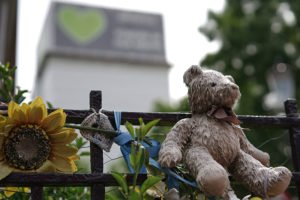 He accused supplier Celotex of misleading his firm about its safety, stating that he felt his firm was deceived that the insulation used on the project was safe for high-rises.
He accused supplier Celotex of misleading his firm about its safety, stating that he felt his firm was deceived that the insulation used on the project was safe for high-rises.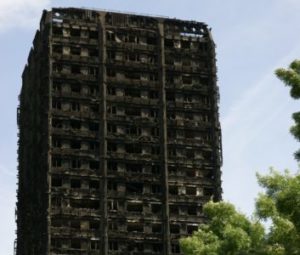
 In December 2019 Ms Cotton stepped down from the role, four months ahead of her planned retirement date. Following the public inquiry into Grenfell, she faced several calls to resign, with Grenfell United saying that a change at the top would ‘keep Londoners safe’.
In December 2019 Ms Cotton stepped down from the role, four months ahead of her planned retirement date. Following the public inquiry into Grenfell, she faced several calls to resign, with Grenfell United saying that a change at the top would ‘keep Londoners safe’.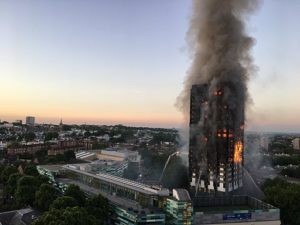 In the days that followed the tragedy, Prime Minister at time, Theresa May ordered a public inquiry into the devastating blaze. “Right now, people want answers. That’s why I am today ordering a full public inquiry into this disaster,” said the PM whilst visiting the scene. “We need to know what happened, we need to have an explanation of this. People deserve answers; the inquiry will give them.”
In the days that followed the tragedy, Prime Minister at time, Theresa May ordered a public inquiry into the devastating blaze. “Right now, people want answers. That’s why I am today ordering a full public inquiry into this disaster,” said the PM whilst visiting the scene. “We need to know what happened, we need to have an explanation of this. People deserve answers; the inquiry will give them.”
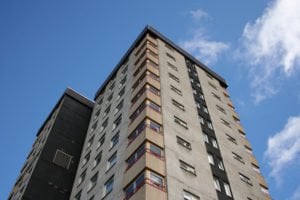
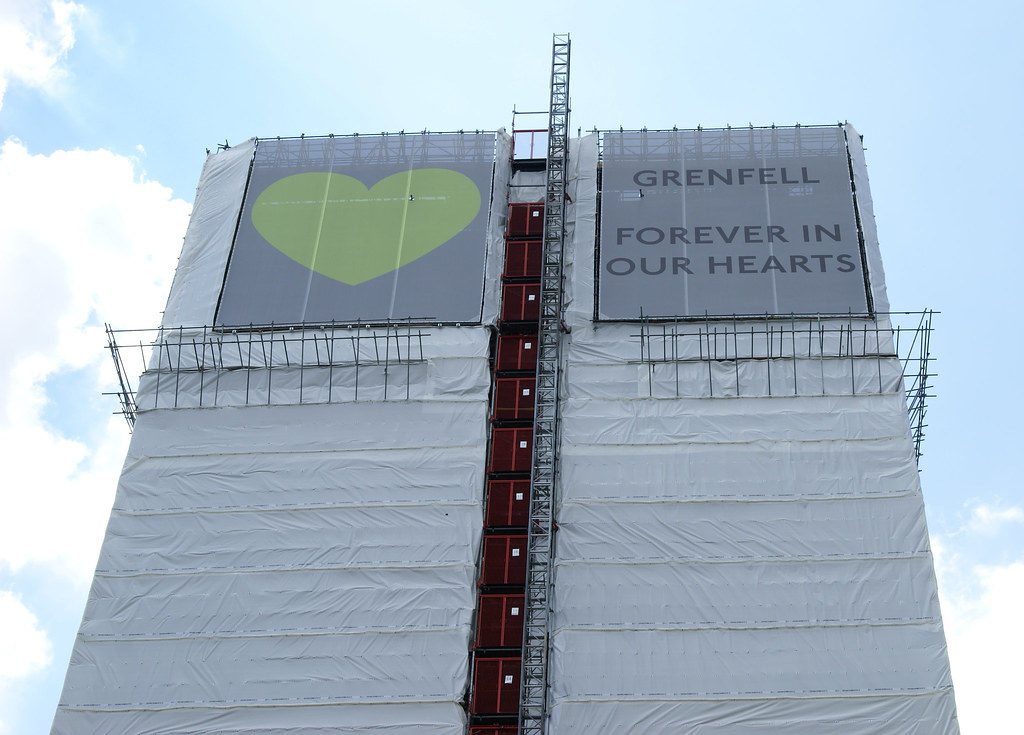

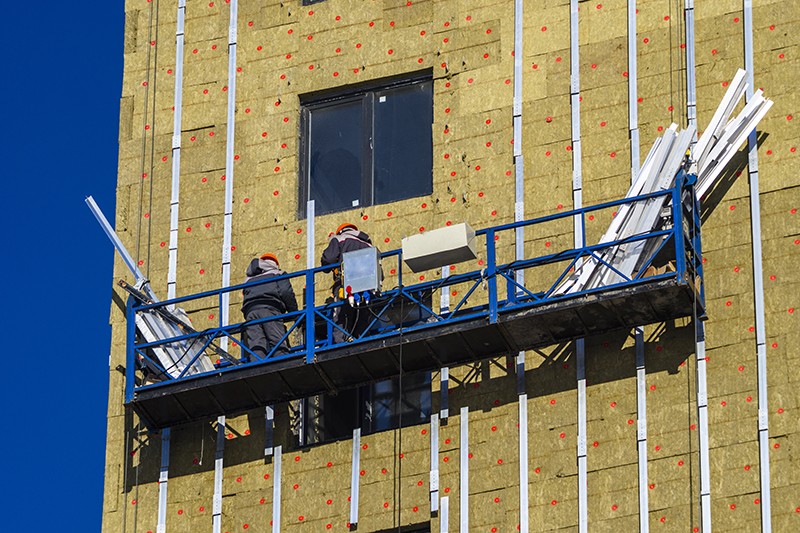
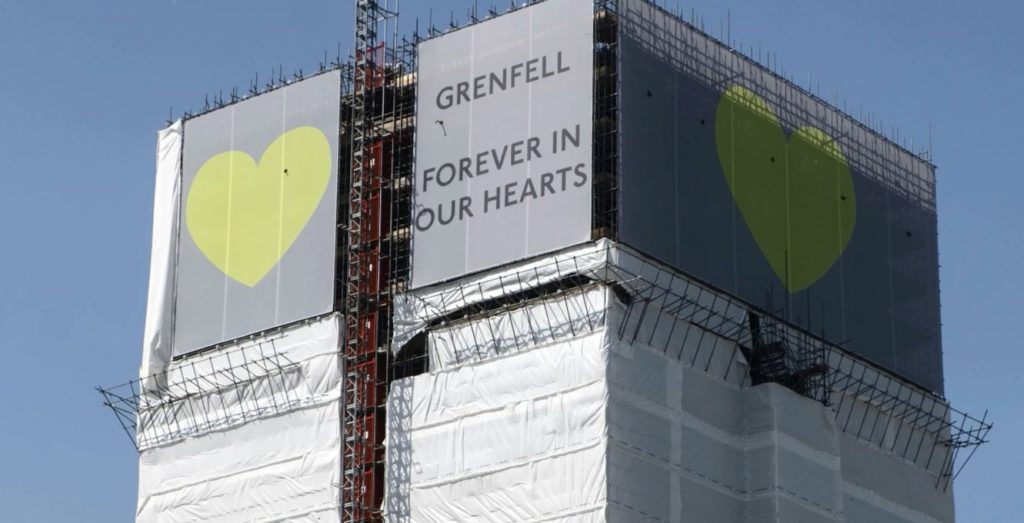
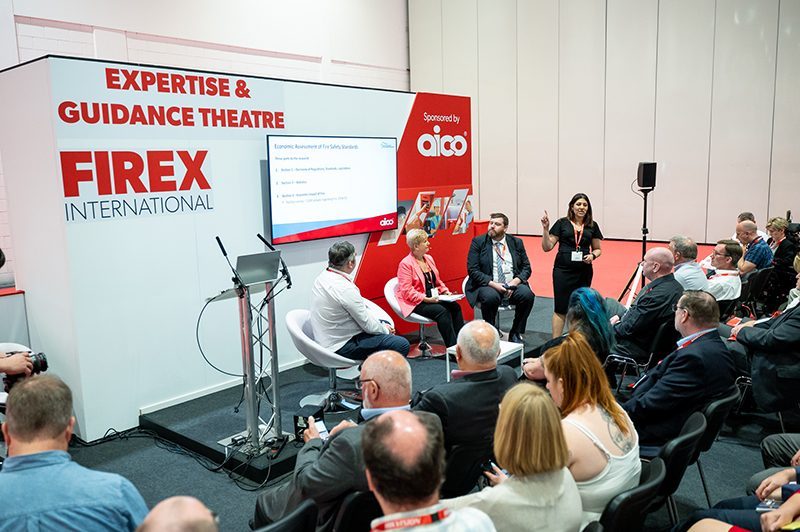
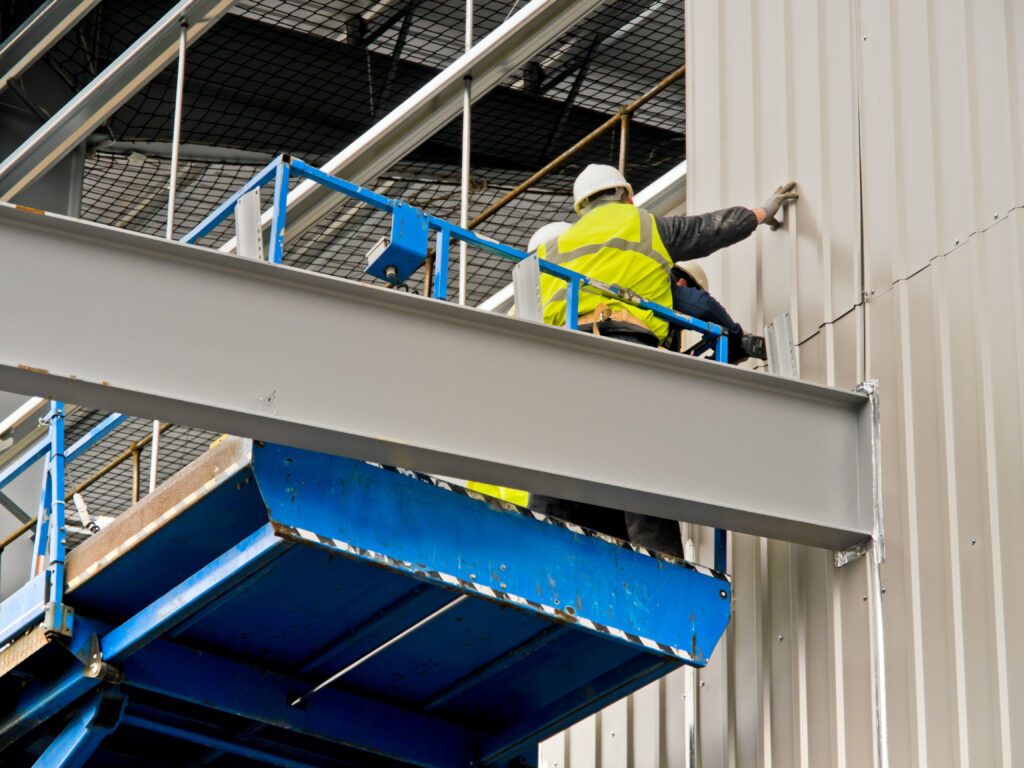

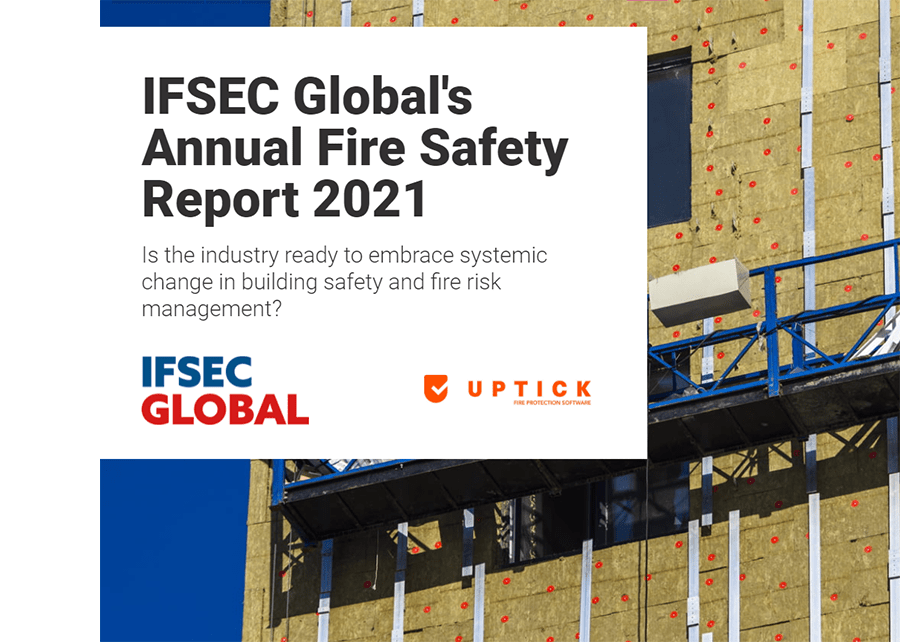
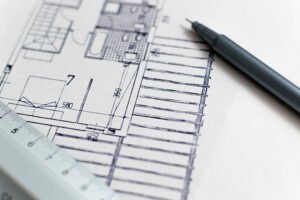
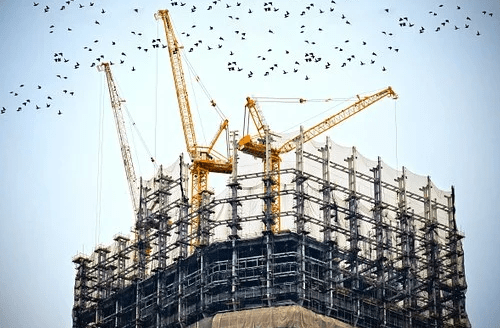
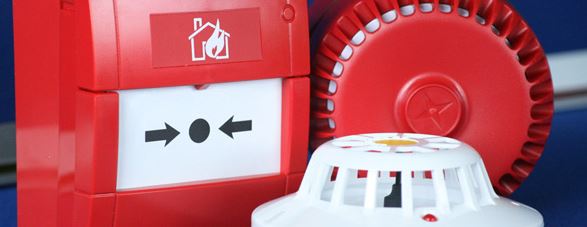
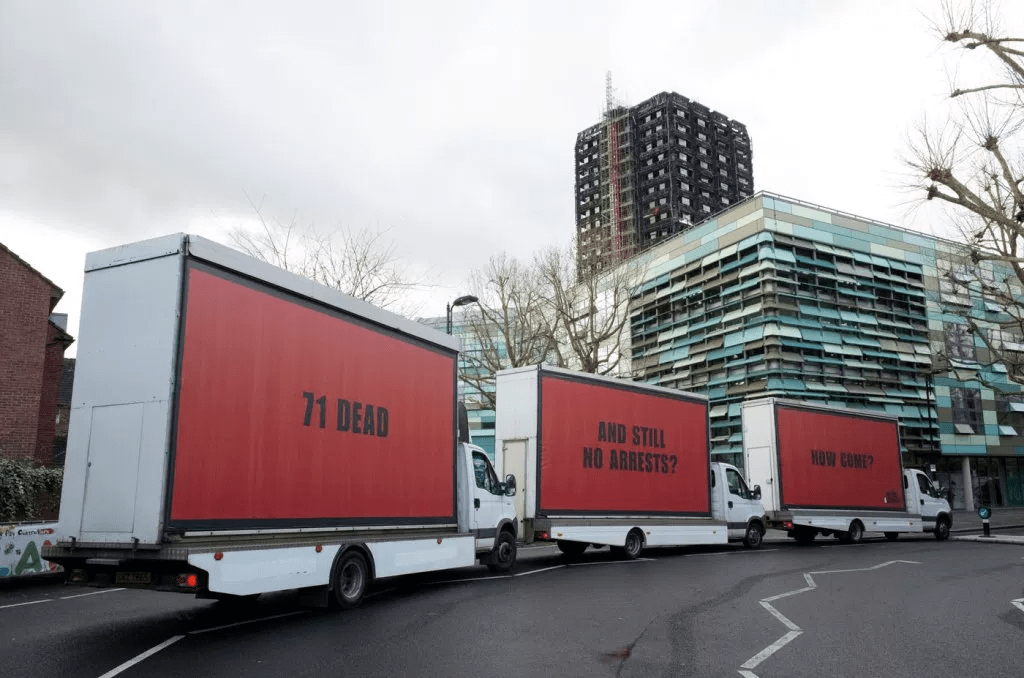
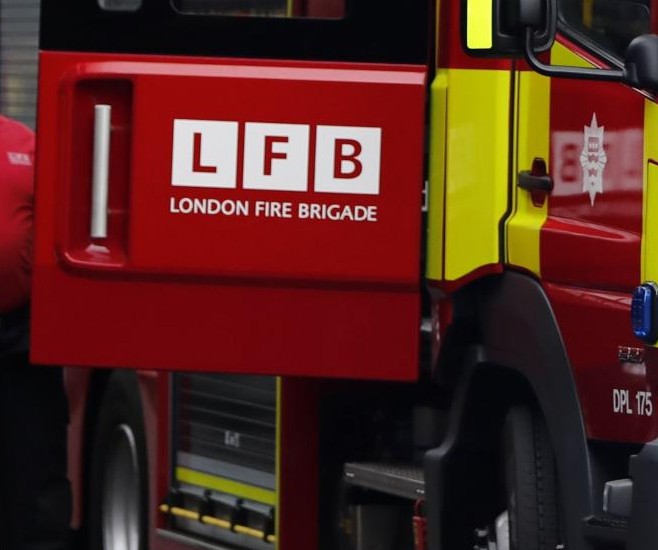
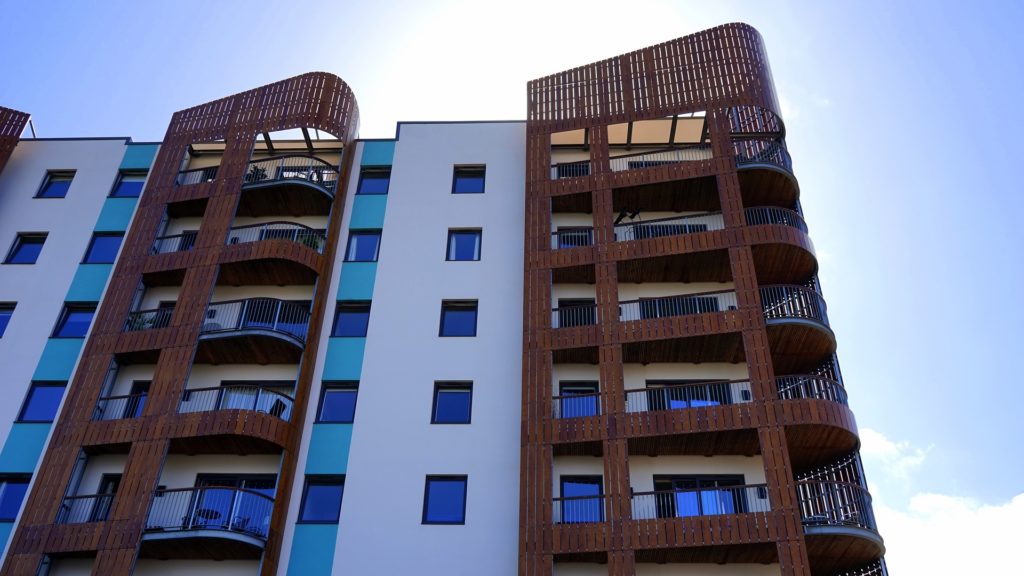
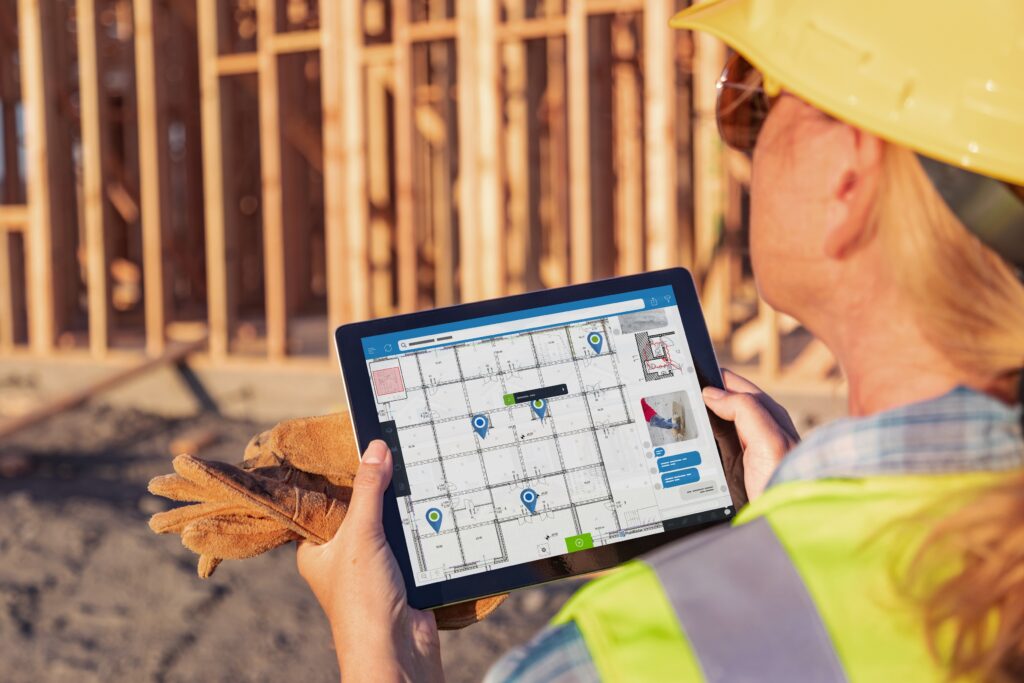

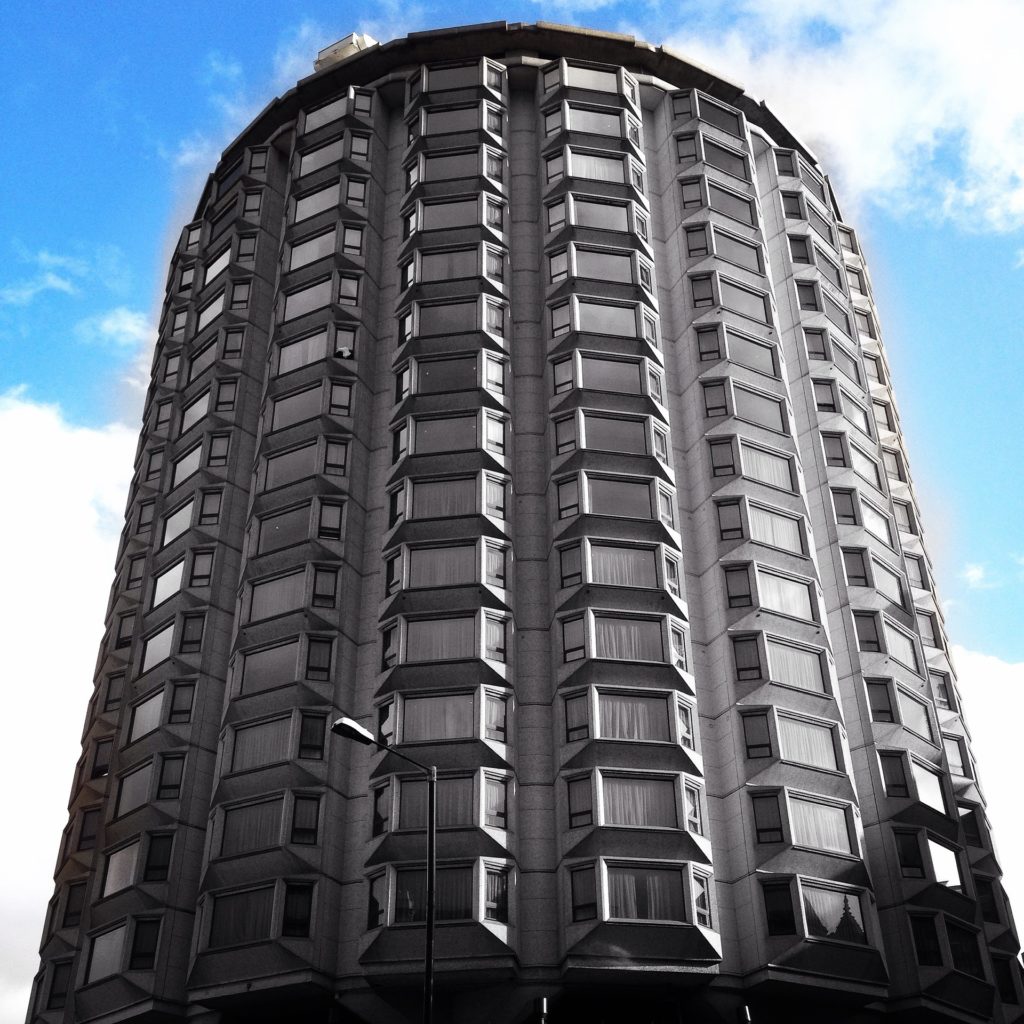
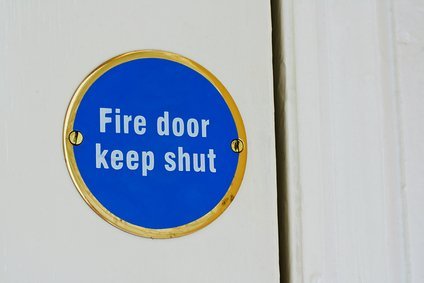
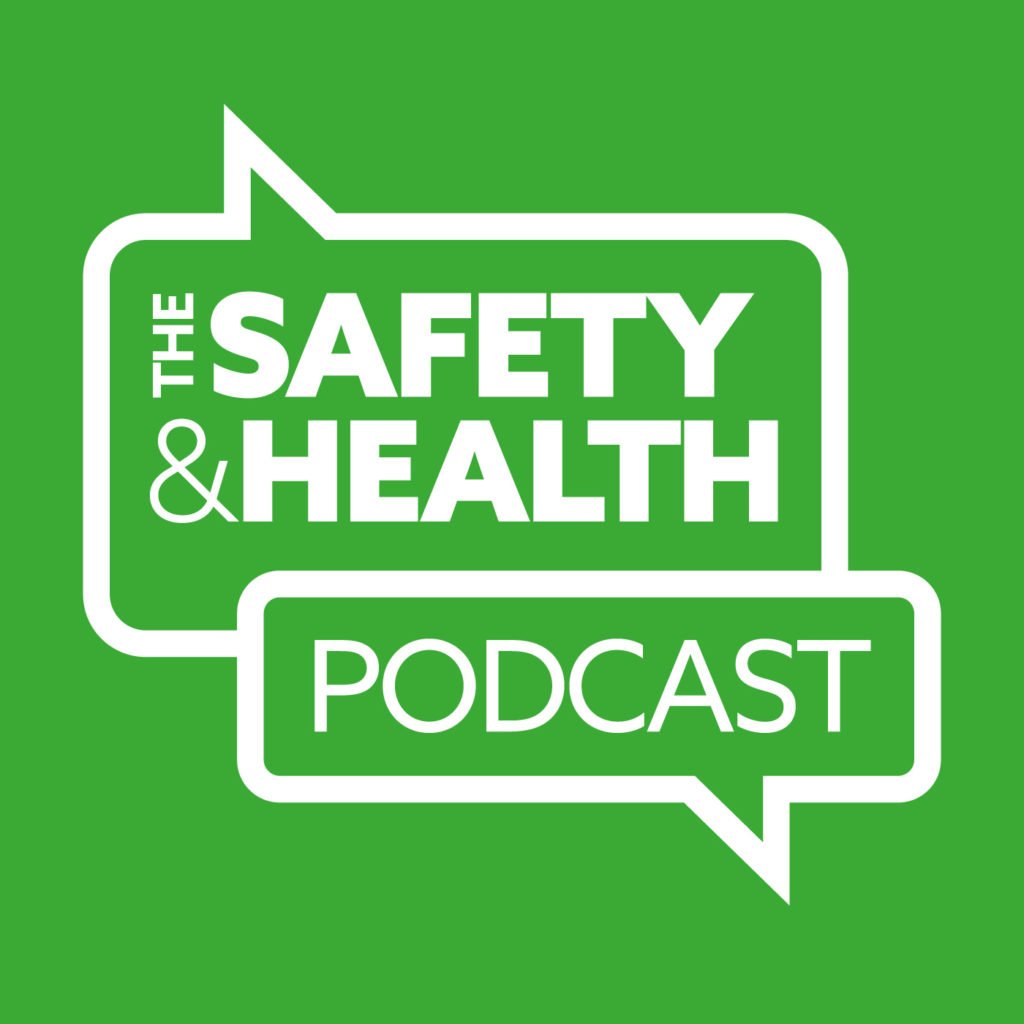

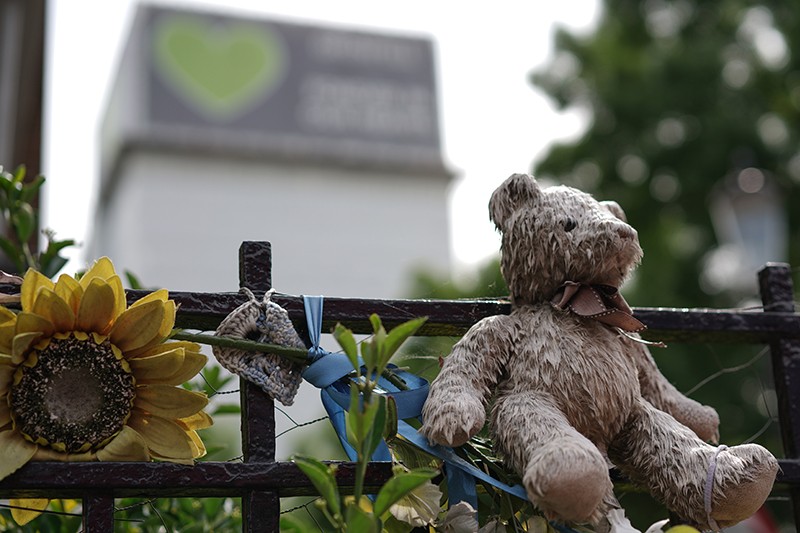
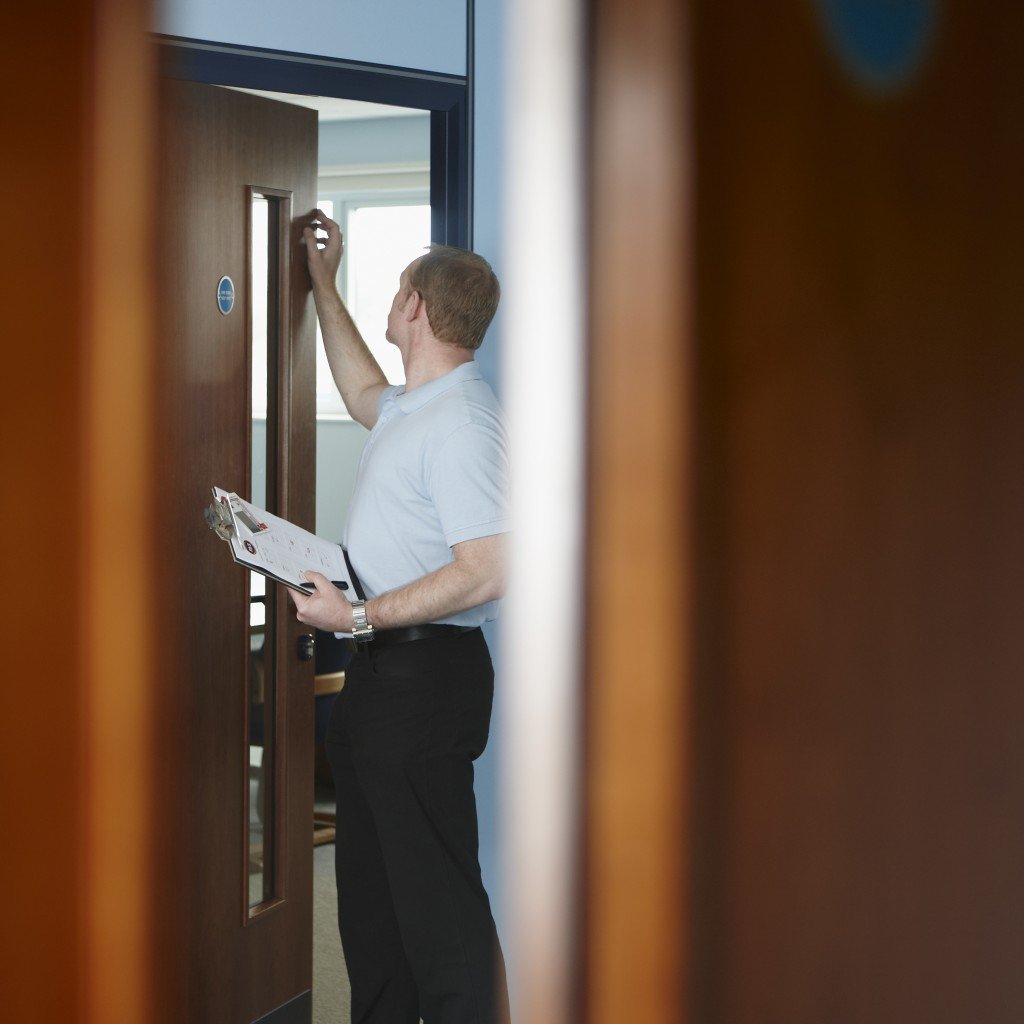
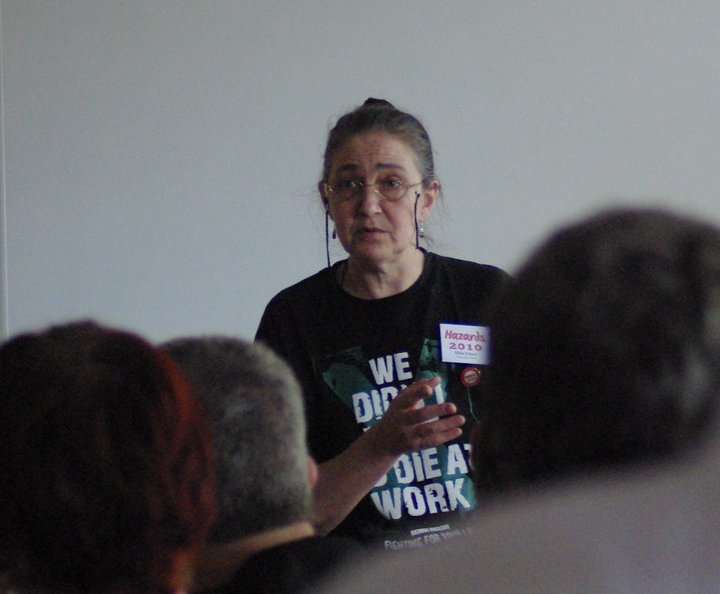
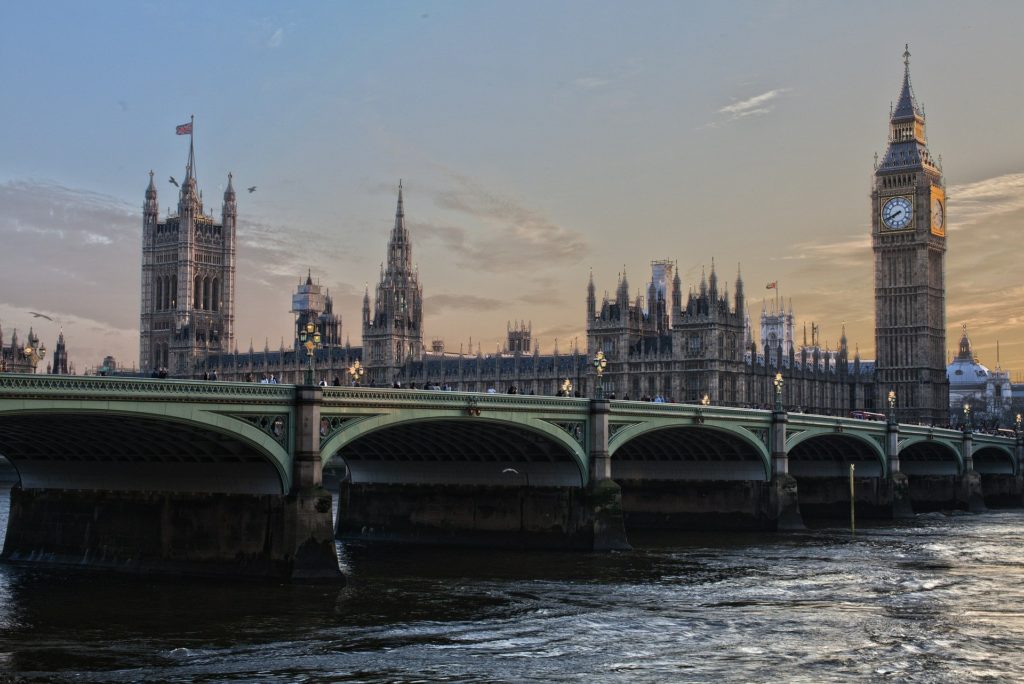

First of all, my heart goes out to all those who have lost loved ones and those who have loved ones missing. The main purpose of the fire risk assessment is prevention of the fire starting in the first place, this is very difficult in the housing sector as occupants will carry out daily activities that could result in fire such as cooking/smoking etc. In addition to this, there are fire risks associated with electrical items and most recently the fire risk associated to tumble dryers; it is this area that is weak in the fire risk assessment as landlords… Read more »
My sincere sympathy to all the families who lost loved ones in this fire. What a tragedy. It never should have happened Never…. Interesting to see what caused the fire as it raged as an inferno. Perhaps its time for all large buildings to have a safety officer particularly with the amount of people in a building such as this, I mean a 24/7 safety officer. Its too early to say what cause the fire so we wait to hear the investigations. We need to take steps that this never happens again. I pray for the victims and their families.… Read more »
An establishment of more than 40 years is high risk of fire. I believed that Grenfell Tower residents have been doing fire drill, However, I also want to understand that when stock in the middle of this type of disaster some people will not remember what they have learned. Maybe the following could help; * A thorough training for fire high risk places should be done often as they could. * Fire safety training/awareness should be very specific and should at least consider designations of who will run towards the alarm, which will run towards the fire hydrant/fire extinguisher etc.… Read more »
Sorry – this is just not a viable suggestion or solution..
We have to accept that fires do happen – obviously prevention is the first step, but the containment and limitation of a fire is critical for ‘defence in depth’.
Putting fridges, and everything else electrical, onto a database (only Housing Associations?) would make no contribution to reducing risk, even if it was remotely feasible.
Build safe and sound premises with effective and functioning protective measures – as was the original building. Then keep them like that.
Lots of questions, apart from the cladding – was the compartmentalisation compromised during the refurbishment? I understand that the heating and hot water system was changed to be a communal one, that may mean drilling holes through walls and were they properly sealed with correct intumescing sealant – was ducting properly sealed. What was the fire alarm system, was there one, can we see the Fire Risk Assessment for the building? Really only one way in and out of the building? I feel for the residents, their families and friends, this will be with them forever, horrific. I hope we… Read more »
Rydon Construction, who carried out the work, are reported to have said that it “met all required building control, fire regulation and health and safety standards.”- HOW CAN THIS BE TRUE?
It’s all guesswork and speculation at the moment and we have to rely on the relevant authorities to find the truth.
If however, as was reported, the contractor believes it used approved materials and it turns out that the cheaper non fire retardant material was in fact used used this will narrow things down a bit. It could lead to an individual employee or an unscrupulous supplier, or a combination of the two colluding to make a few grand on the side. Let’s hope it was nothing so reckless.
The silence from the Health & Safety Executive is deafening . Grenfell Tower must have been a CDM nominated project . There must have been notification to the HSE on Form 10 .The will be a pre-tender HSE Plan and of course the chain of responsibility CDM requires . Could it be that if this cladding does appear to be a root cause of the fire escalation , who approved it? The advice to stay in the flat would have been good advice if the design of the original building had not been changed by the addition of the cladding… Read more »
I agree jack and am somewhat shocked that the hse are so quiet on such a tragedy, It was a notifiable project construction work, so who were the principal designers, who was the cdm co ordinator , This horrific event that killed so many people was preventable if the cdm regulations were applied and followed, The information, guidance and tools were there to design out any risks at the design stages of the project, Really this is a scandal arrests should already have been made
Firstly – My thoughts and prayers go out to all the families affected by this horrific disaster. Absolutely heartbreaking this fire should never have happened and could have been preventable – lessons need to be learnt so that this horrific disaster never happens again. All people involved in the decision making of the recent refurbishment need to be brought to task and made accountable for their actions and the decisions they made. The investigation needs to look at the decision makers throughout the whole process right from the top down through management/councils/Building Inspectors/Planning Officers and down the chain to the… Read more »
I suspect most of those with duties incumbent under CDM2015 are very worried this morning. We might not ever get to the bottom of it, such as which “designer” or “person acting as as a designer” specified the non fire resistant cladding? I always recommend using “critical decisions register” when you don’t have clear lines of respnsibility or your Client buys a guard dog but insists on barking themselves.
It is my understanding that there were approximately 500 people living in the building. The number of people missing and/or presumed dead has been grossly understated. Using good transparency, quality and safety management I look forward to the outcome of the upcoming investigation and the legal proceedings that will undoubtably occur. May there never again be such a horrific and needless tragedy.
Unfortunately I cannot agree with many of the comments below because it is too early at this stage to make these judgements.
What evidence is there of ‘corporate manslaughter’?
Training isn’t going to help if you are fast asleep and don’t hear the alarm.
The speed the fire spread was one of the major factors from what I have seen, and the lack of containment.
Until the findings have been made and the risk assessment compared to those findings and recommendations to see exactly what happened we can only assume, and you know what that means.
Like everyone else I am totally devastated by the inferno at Grenfell Tower and my thoughts are with those who have been affected.
I am also shocked to hear from the former Chief Fire Officer that “politicians stonewalled action to tighten building regulations”, adding: “They always seem to need a significant loss of life before things are changed.”
One cannot fail to be moved by the devastating fire at Grenfell Tower, the faces of families at burning windows begging for their lives and the lifelong scars that the tragedy will leave with survivors and their families. Let us also not forget, the fire fighters and emergency crews who once again have been called upon to perform the impossible, a task they carry out with such selfless bravery repeatedly entering the hell of a major fire in a desperate attempt to save lives. These heroes too will be haunted by thoughts of those they could not save. These blocks… Read more »
Why are high rise flats not fitted with compulsory sprinkler systems. It was obvious despite the heroic effortsof the fire service that fire equipment couldnt reach the upper floors.